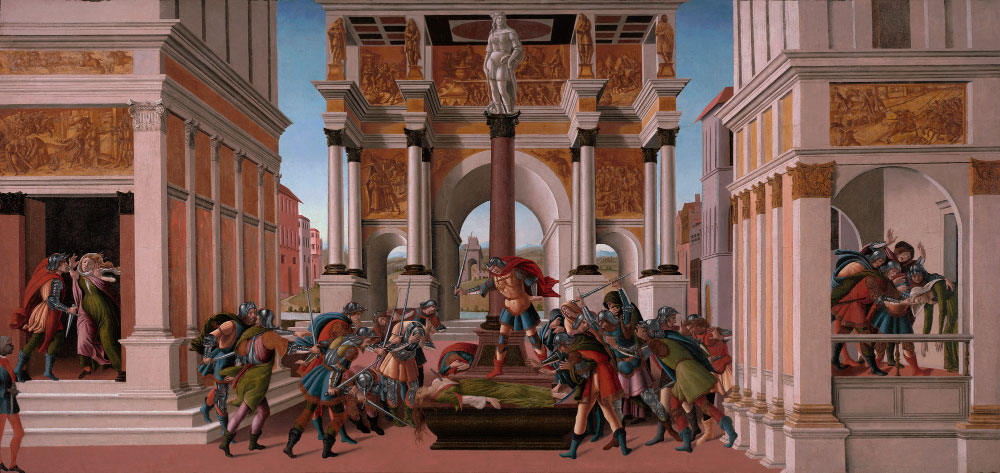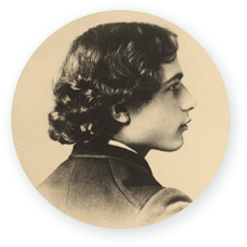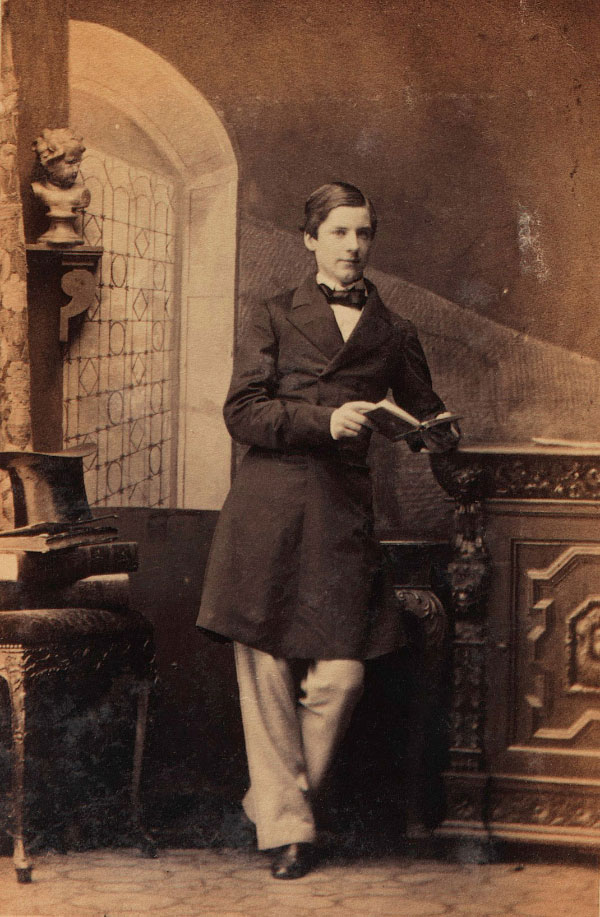With insider advice from a friend, Gardner profited from the declining fortunes of an English lord.

A painting of grand scale, The Tragedy of Lucretia depicts a tale of tyranny and revolt. It was painted by Botticelli, a Renaissance master.
It also marked the beginning of a mutually beneficial collecting relationship between Isabella Stewart Gardner and Bernard Berenson.
In 1891, at her father's death, Gardner inherited $1.75 million, which she and her husband, Jack, agreed should be spent on art. She would spend the next ten years amassing an important collection for her Boston museum.
She looked for works that showed the hand of a master, had dramatic visual impact, and could claim an illustrious ownership history. And if other collectors desired them, all the better!
"...No difficulties daunted her, no desire seemed to her extravagant; she pursued her game with a zeal, a courage, a determination, and a wisdom..."Morris Carter First director of the Gardner Museum
Gardner had met Bernard Berenson five years earlier when he was studying at Harvard, and was quickly taken with his intelligence and charm.
With help from the Gardners and other Boston benefactors, Berenson set off for Florence in 1887 to pursue a literary career. He soon discovered his true calling in the art world.
In 1894, Gardner received a provocative letter from Berenson, who was honing his talents as an art advisor on the London art market.

How much do you want a Botticelli? Lord Ashburnham has a great one - one of the greatest: a Death of Lucretia... Although the noble lord is not keen on selling it, a handsome offer would not insult him. I should think it would have to be about £3,000.

To say that Lord Ashburnham was "not keen on selling it" was misleading. The young earl was actively in the process of selling off his family's collection of artworks and precious manuscripts. Berenson skillfully tapped into Gardner's competitive spirit and passion for quality.
With consummate skill, Berenson appealed to Gardner’s vanity. To seal the deal, Berenson explained he could offer her the best terms, as repayment for her “kindness” to him “on an occasion when I needed help.”
Four months after receiving the letter, Isabella agreed to buy the painting for the sum he had suggested.
Three thousand pounds was about three times the cost of an average U.S. home at the time, or about $440,000 in today's dollars.
Berenson and Gardner were perfectly matched in intelligence and ambition. With his help, she became one of the most important art collectors of her time. With her support, he became a successful art dealer and one of the great scholars of Italian Renaissance painting.
Read more about the spirited friendship between these two personalities in The Letters of Bernard Berenson and Isabella Stewart Gardner, 1887-1924, reprinted with a new preface in 2016.

Shan't you and I have fun with my museum?
Copyright © 2016 Isabella Stewart Gardner Museum. All rights reserved.



Premier Exhibition Sponsor: The Richard C. von Hess Foundation. The opening reception and preview are generously sponsored by Tom and Lisa Blumenthal. Exhibition support is provided by The Andrew W. Mellon Foundation and the National Endowment for Humanities. This exhibition also is supported in part by the Massachusetts Cultural Council, which receives support from the State of Massachusetts and the National Endowment for the Arts. Any viewings, findings, conclusions, or recommendations expressed in this exhibition do not necessarily represent those of the National Endowment for the Humanities. Media Sponsor: 90.9 WBUR, Boston’s NPR® News Station.